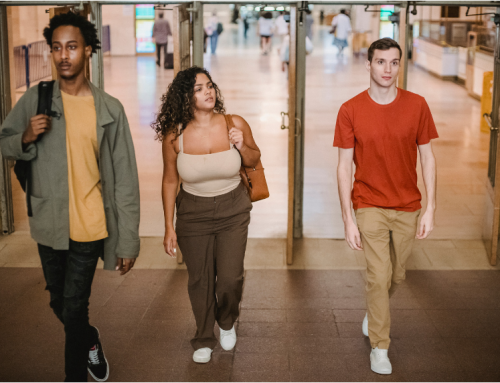Optimizing Retail Store Clustering with Sales Volume and Product Class Analysis
Retailers often think store clustering is complex, but you can simplify it. Store clustering based on their ability to sell different product types, allows you to make strategic decisions at the cluster level instead of the store level. Many retailers use sales volume as their primary clustering method, yet industry leaders argue that sales volume alone isn’t enough. At daVinci Retail, we support sales volume store clustering in assortment planningand urge you to take it one step further to maximize its value.
How Sales Volume Clustering Works
Retailers categorize stores into four or five groups based on their revenue. Flagship stores with the highest sales fall into the “A” cluster, while lower-performing stores enter the “D” cluster. This method ensures that stores selling the most inventory receive the highest allocation quanitity.
However, this approach ignores customer preferences. It groups stores solely on sales ability and assumes that an “A” store in Brooklyn serves the same customers as an “A” store in Beverly Hills, Miami, or Vancouver. In reality, each location attracts shoppers with distinct preferences, making traditional sales volume clustering an incomplete strategy.
Enhancing Clustering with Product Class Segmentation
Although sales volume remains a valuable clustering method, you must apply it correctly. Instead of treating all “A” stores the same, cluster stores by sales volume at a product class level.
This approach recognizes that each store excels in different product categories. For example, a Brooklyn store may rank as an “A” for outerwear but only a “C” for accessories, while a Beverly Hills store might fall to a “D” for outerwear but shine as an “A” for woven dresses. By segmenting stores this way, you align inventory allocation with actual customer demand.
See also: Why Your Retail Store Clustering Method Doesn’t Work
| Location | Short sleeve tops | Boots | Bedding | Cookware |
|---|---|---|---|---|
| Times Square | A | A | B | B |
| Toronto | B | A | A | A |
| Hollywood | B | C | B | B |
| Honolulu | A | D | B | C |
| Chicago | B | A | C | B |
This table shows how you can assign different clusters for each product category to achieve more accurate inventory distribution.
Improve Buying Decisions with Clustering
Take your clustering method another step further by grouping stores before buying assortments instead of waiting until the allocation process. This proactive approach enables your buyers to determine precise quantities before they commit to purchases and provides allocators with a clearer roadmap for distribution.
You can also give your buyers more control by letting them tailor buys according to additional dimensions of customer demand. For example, a buyer might choose to exclude a product from certain stores based on factors such as country, currency, or climate. Tailoring buys this way ensures the purchased quantity matches the quantity likely to sell.
Overcoming Challenges with Assortment Planning Software
Even with these improvements over traditional sales volume clustering, challenges remain. Clustering and buying based on product class exponentially increase the number of unique buy plans you must generate. Tailoring buys with additional layers can produce thousands of unique assortments in your buy plan.
Traditional tools like spreadsheets cannot manage this volume of information. To execute sales volume clustering at a product class level, you need to use assortment planning software. This software not only improves buy quantities through better clustering but also offers many other benefits that make the investment worthwhile.
Final Thoughts
Sales volume remains a reliable method for retail store clustering—if you extend it beyond the store level. To use sales volume groups correctly, you must cluster at a product class level and let your clusters inform the buying process. For maximum success, further tailor your buys to ensure you supply the right products to the right stores.
Explore how daVinci’s Assortment Planning solution can transform your buying process and elevate your retail strategy.





















